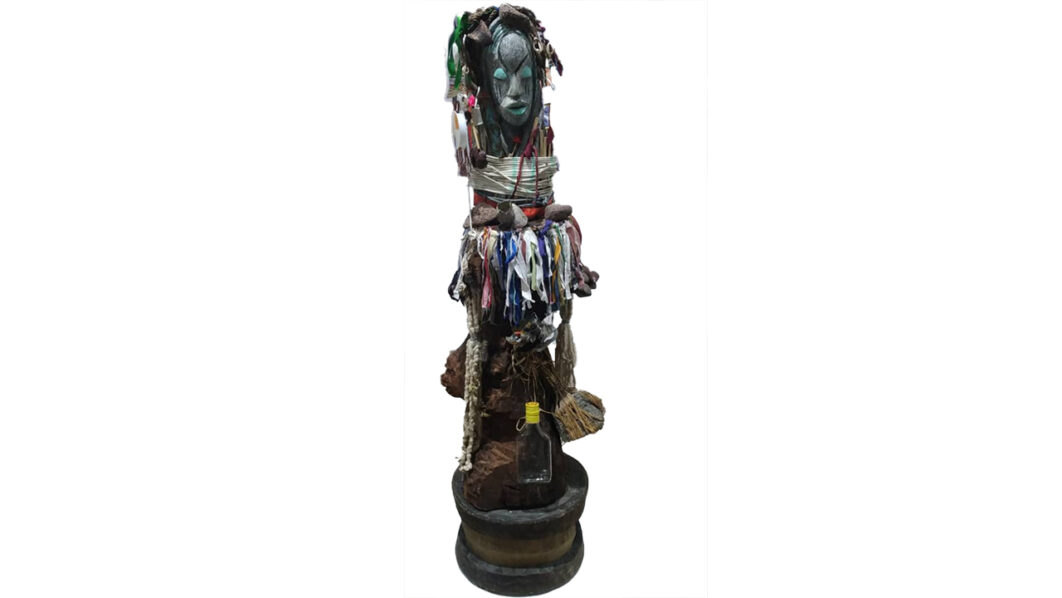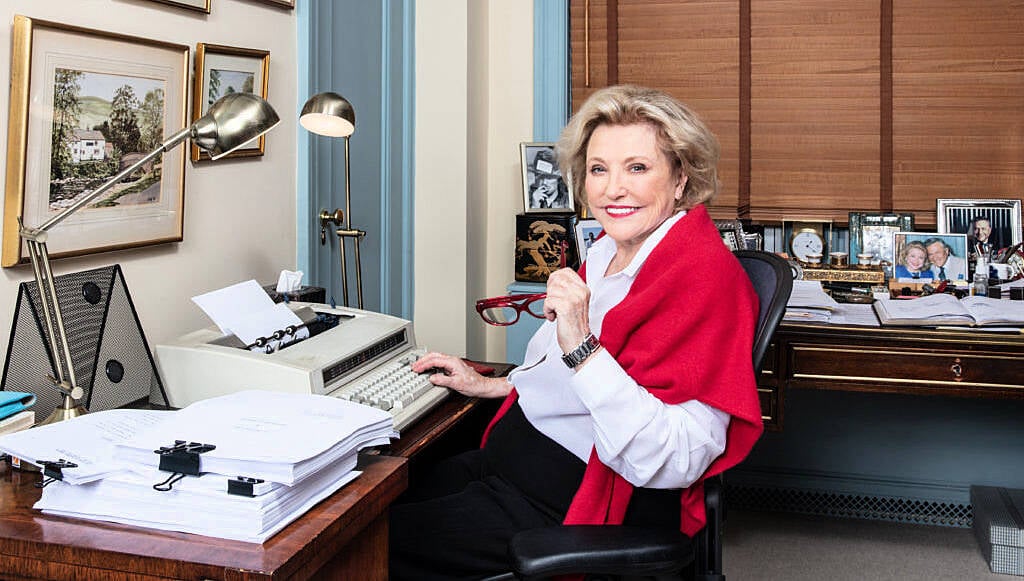
Chike Felix Uzoka is a contemporary Nigerian visual artist who has many parts. He studied sculpture at the Institute of Management and Technology, Enugu, earning the Ordinary National Diploma (OND) and Higher National Diploma (HND) between 1988 and 1995. He is a member of the Society of Nigerian Artists (SNA) and the Pan African Circle of Artists (PACA).
He featured in the PACA exhibition in Banjul, Gambia and Dakar, Senegal, in 2008. His commissioned public works include The Last Super and The Sacred Heart of Jesus at St Micheal Catholic Church, Obudu, in Cross Rivers State, and a Papier mâché relief sculpture at the Holy Family Church, Abuja. Apart from the engagements mentioned above and commissions, Uzorka has engaged in collaborative art project delivery with various artists and other art projects in and outside Nigeria.

Currently, he is working in collaboration with Artcore Limited, Derby, UK. Artcore is mandated to assist people with living difficulties and promote self-confidence and communication through the creative arts. He is also an exhibiting member of the Arts and Culture Centre in Abuja, where he was active between April 2029 and November 2021.
The above introduction suffices as a window into the creative world of Uzoka, whose sculpture Mother Earth is currently installed in the Moriri Art Gallery in Port Harcourt. Mother Earth is an assemblage sculpture consisting of a piece of igneous rock that tops the piece, constituting its head. The trunk is a scavenged, irregularly shaped wood trunk mounted on a four-legged carved wooden stool of northern Nigeria origin.
The rock piece that constitutes the face is carved delicately in the curvilinear heart-shaped outline reminiscent of ancient African sculptures between Mali and the Cross River Basins in Nigeria. Though ancient, the carving style still survives in ancient sculptural practices. Its prominent forehead is followed by a coloured set of bulbous eyes separated by a cylindrical nose set on curved flattened chins that terminate within the stylised lips sideways.
The facial configuration defines the curvilinear style of the Sudan and Equatorial regions of West Africa. The sculpture also accommodates other trappings of ancient African art sculptures that, as a contemporary work, its assemblage of forms equates to an accumulated sculpture or a masquerade form. A mélange of rummaged discard constitutes the pile that accords the work’s identity.
These range from bits of textiles, fabrics and fibres, and twines to various vegetable materials, bottles and caps, spent electric bulbs and hangers. The work and its visage, invariably an accumulated piece of junk, represent a masquerade form. Typical of the identity of the masquerade is its claim to anonymity – “I am not myself.
” As super symbols, masquerades relate to larger-than-life performances in cultures and societies. Mask and masquerade themes feature prominently in modern and contemporary Nigerian art. Masquerading cultures still constitute dominant social institutions in rural cultures, such as rituals, social relationships, and entertainment.
During festive periods, urban societies relish the entertainment that they offer. Mother Earth is a reconstruction of a masquerade form in a contemporary cultural setting. A pertinent question thus arises: How does one relate to the symbolism it projects? The masquerade is a physical manifestation of an idea as a symbol.
Its status as a symbol foregrounds it in a historical context. Hence, Mother Earth, demands attention as a contemporary work constructed from the detritus of culture. Its representation as an installation is impactful.
Installation is a formal mannerism that elicits concern as it is a conceptual strategy and presentation. A significant impact of installation is an effect that initiates a participatory relationship with the work of art. An installation demands that we look at its configured form and engage it in a dialogue.
Such a dialogue is beyond the aesthetic philistinism of the beautiful work, but the promptings of relational aesthetics inspire deep-rooted questions about metaphor and symbolism. The ability of installations to initiate dialogue implicates its real strategy to inform and bring about the needed understanding between a percipient and the work of art. Installations thus facilitate understanding of relations in a sociopolitical setting towards a common good.
The materials with which Uzoka configured his work, such as natural vegetative items industrial and cultural by-products, are not just the outcome of technology and consumerism but also hold the potential for attitudinal change towards the environment. His work demands that we observe our surroundings and treat them better than is currently the practice and habit. With such a renewed frame of mind about our environment, we are made intensely conscious of our individuality – of our identity in a technological era, a post-human society or the Anthropocene era, in which people are of little importance.
Professor Ugiomoh is an independent scholar and retired recently from the Department of Fine Art and Design, University of Port Harcourt, Nigeria..













